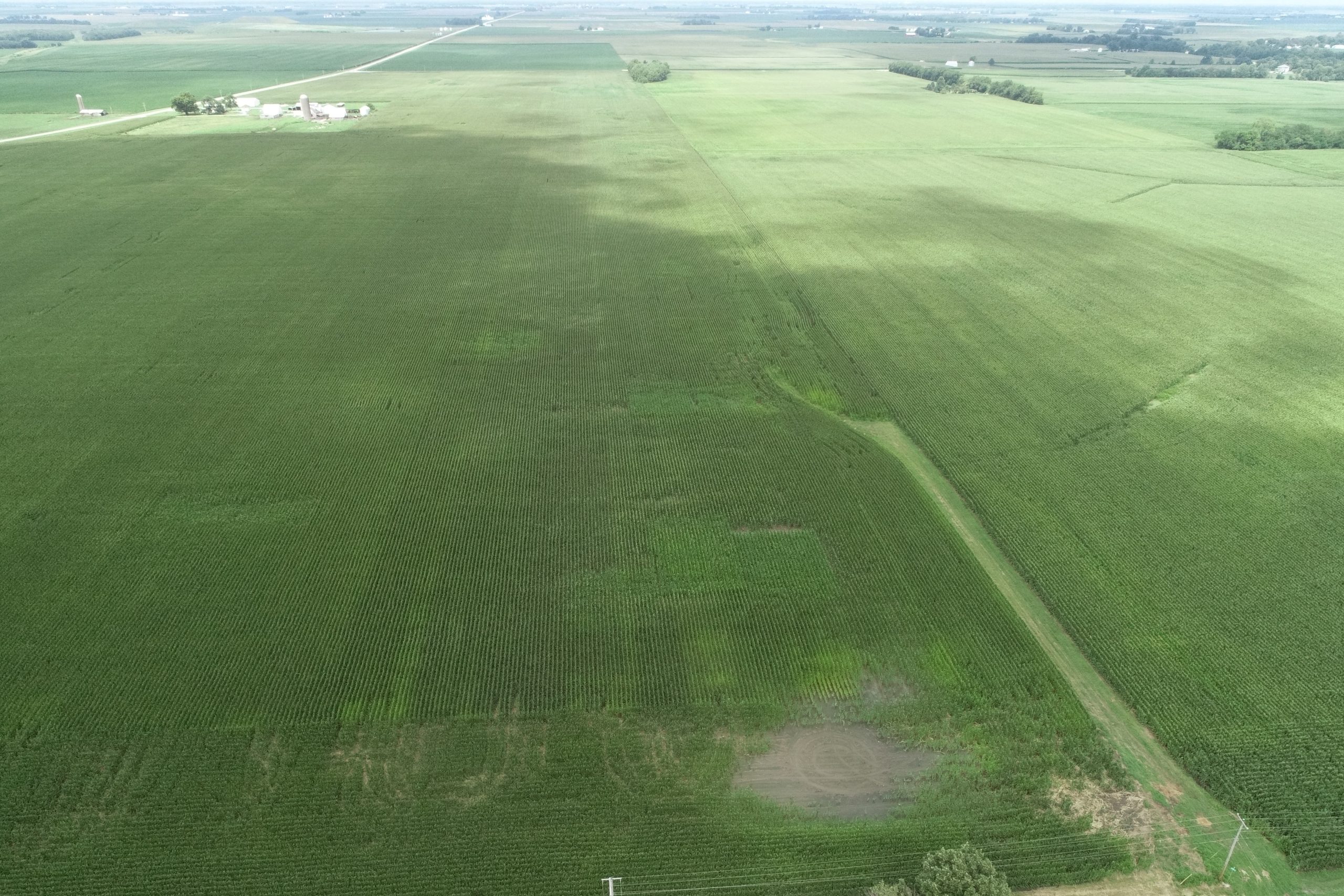The DIFM team has created a multistate Research Project, titled NC1210: Frontiers in On-Farm Experimentation. This project will enable researchers from all across the United States to collaborate and host meetings on an annual basis.
Land Grant Participating States/Institutions: CA, IA, IL, IN, KS, LA, MI, MN, MS, MT, ND, NE, NY, OH, OK, WA, WI. Non-Land Grant Participating States/Institutions: Illinois State University, Iowa Soybean Association, Purdue University, USDA-ARS.
Learn more about the work and project milestones here: NC1210: Frontiers in On-Farm Experimentation – NIMSS.






